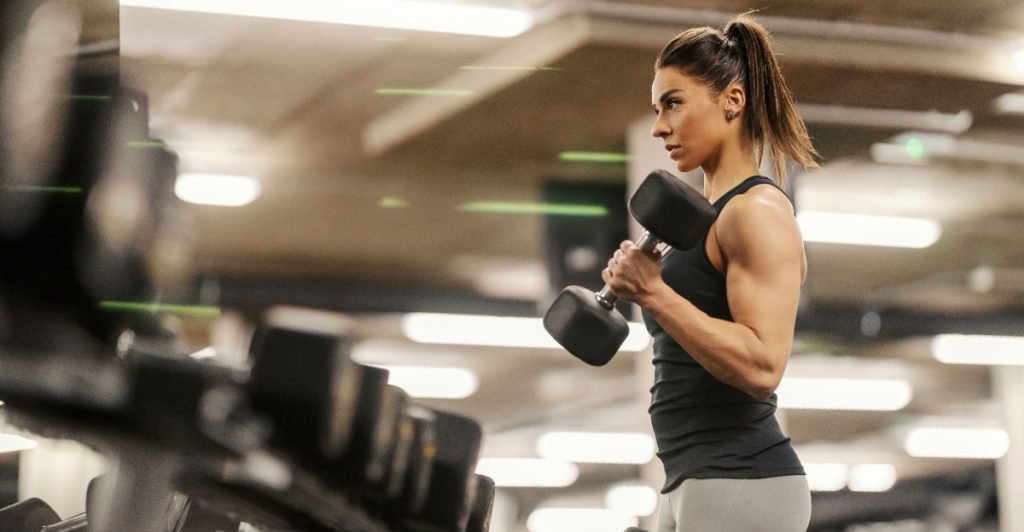New research suggests women may have hidden advantages when it comes to strength—challenging long-held assumptions in fitness culture.
Others are reading now
In most gyms, strength is still judged by how much weight someone can bench, squat, or deadlift.
That’s long been the standard, and it usually favors male physiology. But strength isn’t only about brute force—it’s also about endurance, resilience, and recovery. And on those fronts, women may have a surprising edge.
Rethinking Strength: Beyond Big Lifts
For decades, the fitness world has measured strength by brute force—how much weight you can lift in a single, maximal effort.
But that definition skews male, and it may not tell the whole story. Writer Casey Johnston, in her book A Physical Education, explores how women’s physiology might be better equipped for real-world strength than previously believed.
Also read
On The Weirdest Thing I Learned This Week podcast, Johnston recounted an arm-wrestling win against multiple men that sparked her curiosity.
What she found surprised her: women tend to have more type I muscle fibers, which are key for endurance.
They also enjoy greater blood flow to muscles, recover faster, and maintain performance longer under fatigue.
Endurance, Resilience, and Recovery
These traits don’t show up on a standard barbell chart, but they matter deeply in how strength functions over time.
While men may lift heavier in isolated feats, women can often outlast them in sustained effort and bounce back quicker. That means women might be better suited for the kind of real-life strength that goes beyond the gym.
Despite decades of being sidelined in sports science, women’s bodies aren’t just “smaller male versions.”
When we broaden what we mean by strength—to include endurance, work capacity, and recovery—women don’t just keep up. They shine.
To hear the full story, you can check out this week’s episode of Popular Science’s ‘The Weirdest Thing I Learned This Week’ on Spotify.


